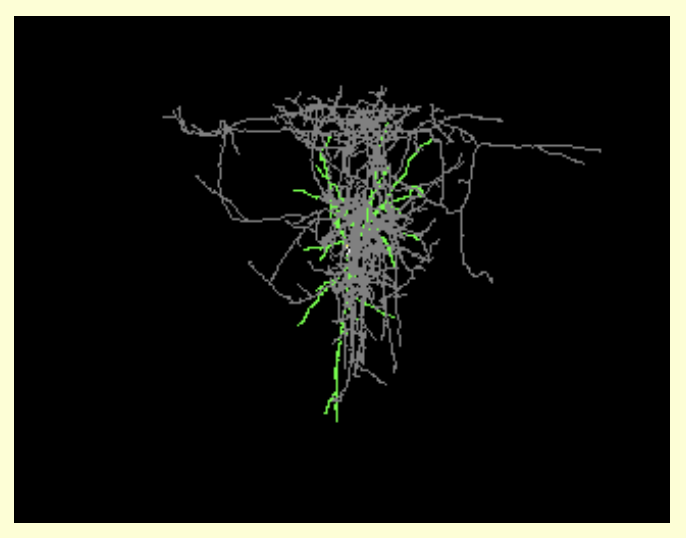URL: http://www.nihclinicalcollection.com
Proper Citation: NIH Clinical Collection (RRID:SCR_007349)
Description: A plated array of approximately 450 small molecules that have a history of use in human clinical trials. The collection was assembled by the National Institutes of Health (NIH) through the Molecular Libraries Roadmap Initiative as part of its mission to enable the use of compound screens in biomedical research. Similar collections of FDA approved drugs have proven to be rich sources of undiscovered bioactivity and therapeutic potential. The clinically tested compounds in the NCC are highly drug-like with known safety profiles. These compounds can provide excellent starting points for medicinal chemistry optimization and, for high-affinity targets, may even be appropriate for direct human use in new disease areas.
Abbreviations: NCC
Resource Type: reagent supplier, material resource
Keywords: clinical, collection, drug, compound, chemistry, medicinal chemistry, target, affinity, human, disease, disorder, small molecule
Expand Allis related to |
We found {{ ctrl2.mentions.total_count }} mentions in open access literature.
We have not found any literature mentions for this resource.
We are searching literature mentions for this resource.
Most recent articles:
{{ mention._source.dc.creators[0].familyName }} {{ mention._source.dc.creators[0].initials }}, et al. ({{ mention._source.dc.publicationYear }}) {{ mention._source.dc.title }} {{ mention._source.dc.publishers[0].name }}, {{ mention._source.dc.publishers[0].volume }}({{ mention._source.dc.publishers[0].issue }}), {{ mention._source.dc.publishers[0].pagination }}. (PMID:{{ mention._id.replace('PMID:', '') }})
A list of researchers who have used the resource and an author search tool
Find mentions based on location

{{ ctrl2.mentions.errors.location }}
A list of researchers who have used the resource and an author search tool. This is available for resources that have literature mentions.
No rating or validation information has been found for NIH Clinical Collection.
No alerts have been found for NIH Clinical Collection.
Source: SciCrunch Registry





